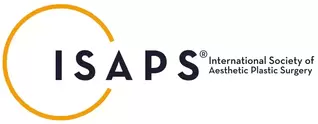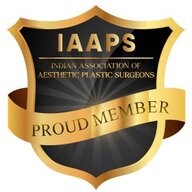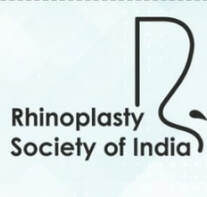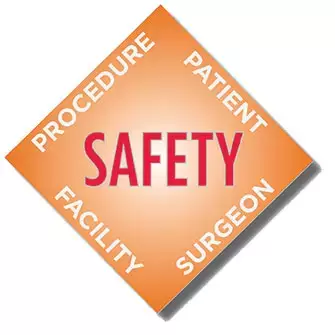|
Scars are common and vary from mild to severe. They are the natural result of healing of injury which can be as a result of infection, trauma, burns or other causes. When scars are severe it can lead to cosmetic and functional problems. These, in turn, can cause psychological impairment of the affected individual. Even though it is impossible to completely eliminate scars, it is possible to improve them.
The various procedures for improvement of scars range from less invasive techniques to surgical correction. Each of these procedure has certain advantages and disadvantages compared to others. So a technique that may be effective in a certain type of scar may not have a similar benefit in another. It is seldom one approach suits all. Less invasive techniques include dermabrasion, peels, and LASERS. These are useful for mostly superficial scars. Superficial scars do not involve all the layers of skin. Type of scars amenable to surgical procedures Such type of scars would include the following 1. Deep scars 2. Contractures (scars with distortion of surrounding structures) Deep scars involve most of the layers of skin. In some cases, scars can draw attention due to their orientation across the natural skin creases (lines). Contractures occur due to the progressive contraction of scar tissue. Across mobile areas like joints, these contractures can limit the movement. For example, a burn contracture across the fingers can reduce the function of the hand. During surgical correction, these contractures are first removed and the resulting wound is covered with a graft or flap such that free movement is possible across the joints. Treatment options for surgical correction of scars The goal of plastic surgery would be an improvement in appearance and function. This is brought about by redistribution of tissues. The most commonly applied techniques include, Scar revision: During scar revision the scar is removed and neighboring tissues are brought together. Stretched out scars can be narrowed down with an approximation of dermis. A straight line scar can be broken down for a more pleasing outcome. In mild contractures, Z-plasty and Y-V plasty can be used for scar lengthening and functional relief. Most of these cases are carried out as outpatient procedures and patients can return home soon afterward. Serial excision: Sometimes it may not be possible to remove an entire scar and close the wound by approximation of the neighboring tissues. In such situations, it may be possible to remove the scar in stages. This is commonly adopted for removal of burn scars and naevi. Split thickness skin grafts: This is indicated when large areas need to be covered after a release of extensive contractures. Skin grafts are obtained from the top layers of skin and transferred for coverage of wounds. An advantage is the ability to cover large wounds in a single stage. The release of burn contractures and coverage with split thickness skin grafts result in a dramatic improvement of function. Skin grafts are usually obtained from lower extremity. The donor site heals by itself. Full thickness skin grafts: The full thickness of skin is used to cover the wounds following removal of the scar. These are cosmetically superior compared to split thickness skin grafts. Full-thickness grafts are limited by the limited availability. The donor site can usually be managed with straight line closure. Flaps: Flap surgery involves recruitment of neighboring or distant tissue with its blood supply for coverage of the wounds. They have the advantage of mobilization of tissues with similar texture and appearance. Tissue expanders: These are inflatable devices placed under the skin and adjacent to a scar. Once the operated site heals, these expanders are gradually inflated with saline. Over a period of time, this leads to stretching of the overlying skin. Once an adequate expansion is achieved the expanders are removed and the redundant skin is used to cover the wound after removal of the scar. Tissue expanders are useful in coverage of large areas with tissues similar to the native tissue. Timing to undergo plastic surgery for scar improvement It is advisable to undertake surgery once the scar has matured. This can take more than a year. During this time, the scar tends to become soft and supple. An exception to this would be cases with contractures causing significant impairment of function. For example, a scar of the neck which prevents the patient from carrying out daily activities needs early release and coverage. Patients should be in good health at the time of any elective surgery. Recovery following scar revision Most of the procedures are outpatient or short stay procedures. Depending upon the location and extent of the procedure, anesthesia can be local or general anesthesia. Patients need to follow up regularly after surgery. Use of silicone sheet, splints, and pressure garments form a part of the post-operative management. Benefits of undergoing surgical scar revision These would include, 1. Improvement in appearance and function. 2. Improved confidence and self-esteem. To learn more about scars, click here. In case of any doubts, we would be glad to hear from you.
Comments are closed.
|
AuthorI like to keep it simple. CategoriesArchives
June 2024
Categories |
- Home
-
Cosmetic
- Fat grafting
- Swellings and moles
- Scar revision
- Leukoderma (Melanocyte transfer)
- Hair transplant
- Facial rejuvenation procedures
- Nose job (Rhinoplasty)
- Cleft lip nose correction
- Ear (Otoplasty)
- Lip reduction
- Breast augmentation
- Breast reduction
- Tuberous breasts
- Axillary breasts
- Gynecomastia
- Liposuction
- Brachioplasty (Arm contouring)
- Abdominoplasty (Tummy tuck)
- Female genital rejuvenation
-
Reconstructive
- Contact
- Blog
- Home
-
Cosmetic
- Fat grafting
- Swellings and moles
- Scar revision
- Leukoderma (Melanocyte transfer)
- Hair transplant
- Facial rejuvenation procedures
- Nose job (Rhinoplasty)
- Cleft lip nose correction
- Ear (Otoplasty)
- Lip reduction
- Breast augmentation
- Breast reduction
- Tuberous breasts
- Axillary breasts
- Gynecomastia
- Liposuction
- Brachioplasty (Arm contouring)
- Abdominoplasty (Tummy tuck)
- Female genital rejuvenation
-
Reconstructive
- Contact
- Blog
You can leave us a comment using the contact form below.
We shall get back to you at the earliest.
We shall get back to you at the earliest.
Links
- Face procedures | Rhinoplasty, Otoplasty, Lip reduction, Fat grafting
- Body procedures | Gynecomastia , Breast reduction, Abdominoplasty, Brachioplasty, Liposuction
- Skin procedures | Scar revision, Moles, Leukoderma surgery
Let's be friends !
Follow us at Facebook and Twitter.
Follow us at Facebook and Twitter.
© 2024 Amicus Clinic (Plastic Surgery Centre, Trivandrum). All rights reserved.
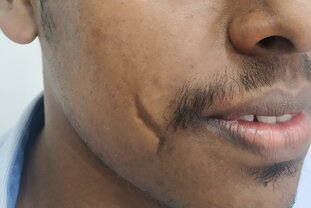
 RSS Feed
RSS Feed
